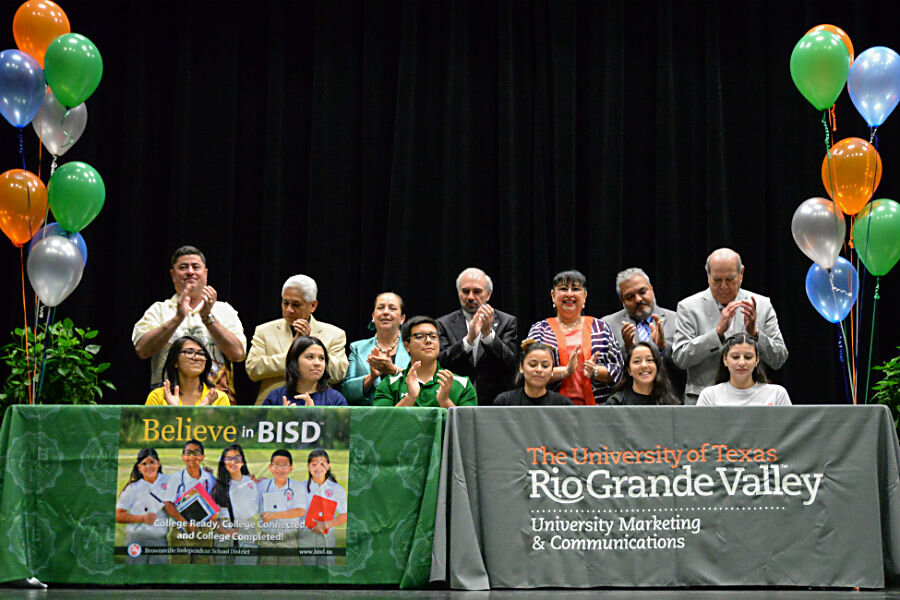New Pell grants to pay for college classes in high school
Loading...
| Washington
Thousands of low-income students in nearly two dozen states will soon be able to get federal grants to take college courses while still in high school, part of a program the Obama administration plans to begin this summer.
The experimental program allows high school kids to apply for federal Pell grant money to pay for college courses. The "dual enrollment" program is designed to help students from lower-income backgrounds.
The Education Department says the administration will invest about $20 million in the 2016-17 school year to help about 10,000 students.
On Monday, the administration is announcing 44 colleges that are expected to participate in the program.
"Innovation is an important underpinning in our efforts to expand college access and increase college completion for our nation's students," said Education Undersecretary Ted Mitchell. "These sites will help us learn how the availability of Pell Grants impacts participation and success in dual enrollment programs."
The schools had applied for the program after it was announced last October, and can start offering Pell grants to students as early as July. Pell grants are for low-income people and do not have to be repaid.
Nearly 80 percent of the institutions selected for the dual enrollment program are community colleges.
Among the schools expected to take part: Germanna Community College in Fredericksburg, Virginia; Guilford Community College in Jamestown, North Carolina; Hagerstown Community College in Hagerstown, Maryland; Holyoke Community College in Holyoke, Massachusetts; Illinois Central College in East Peoria, Illinois; and Southwest Tennessee Community College in Memphis, Tennessee.
In the 2010-11 school year, more than 1.4 million high school students took courses offered by a college or university for credit through dual enrollment programs. With this new experimental program, the administration is aiming to help better prepare students in need for the rigors of college-level work.
According to the department, less than 10 percent of children born in the bottom quartile of household incomes earn a bachelor's degree by age 25, compared to over 50 percent in the top quartile.
The department has the authority to create the pilot program under the experimental sites section of the Higher Education Act of 1965. It gives federal officials flexibility to test the effectiveness of temporary changes to the way federal student aid is distributed.
Usually, "experimental site" programs last for three years. But the department is hoping that this one will last for at least four years, to cover students all through high school.
A recent report by the US Department of Education describes practical strategies for the federal government, states, and the institutions themselves to help with recruiting – and graduating – students from low-income backgrounds, reports The Christian Science Monitor.
“For years, colleges and universities have adopted an approach that was around admitting the best students they could and the onus was on the student to make it,” said Andrew Nichols, a researcher at The Education Trust whose data was used in the report. “Now we look at it differently.... Certainly they need to do their part, but there are things colleges and universities can do.”
... The new system explicitly addresses one specific problem identified by the administration: the gap in recruitment and graduation rates between students who receive Pell Grants, the federal aid for low-income students, and students who do not. The Hechinger Report was skeptical of the department's data but noted the shift the administration is trying to create.
"Schools are being scored for the first time based on the number of recipients of Pell Grants they enroll – grants that go to children of families earning around $40,000 or less, and used as a measure of low income – and the proportion who actually get degrees," Mr. Marcus writes. "The Obama administration hopes the public exposure will encourage colleges and universities to admit more such students, and help them finish."







